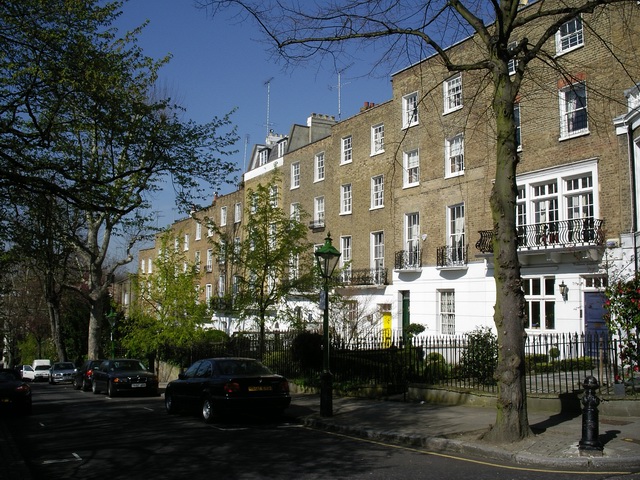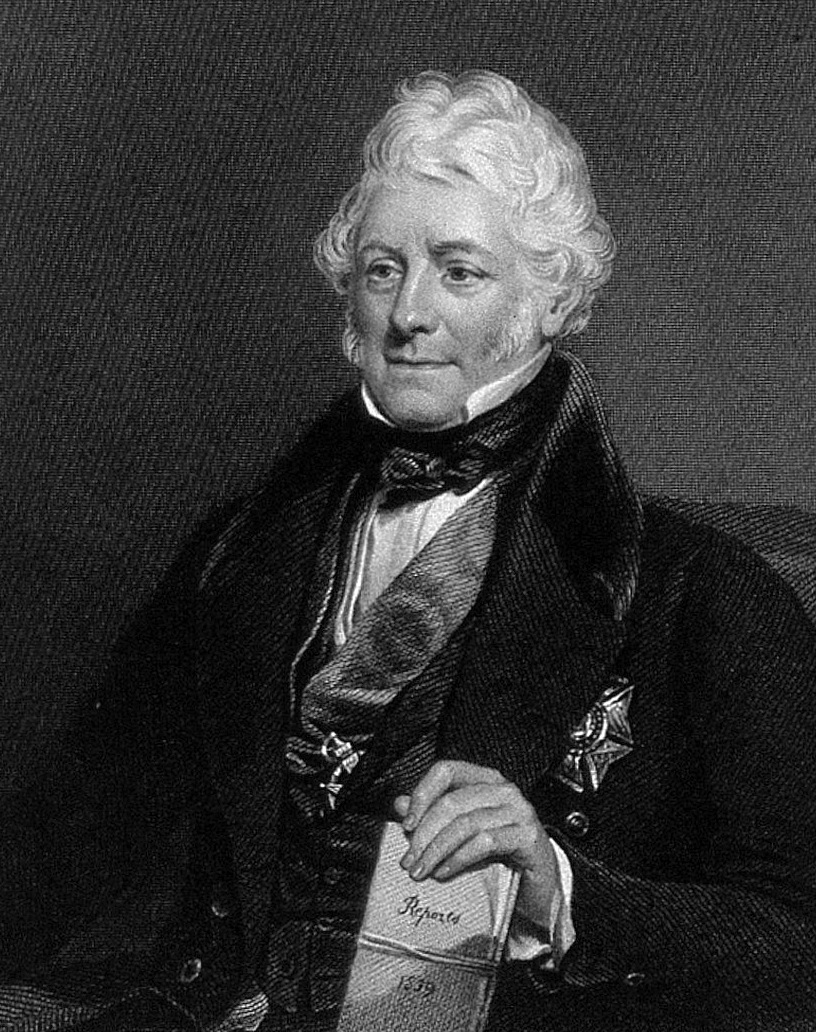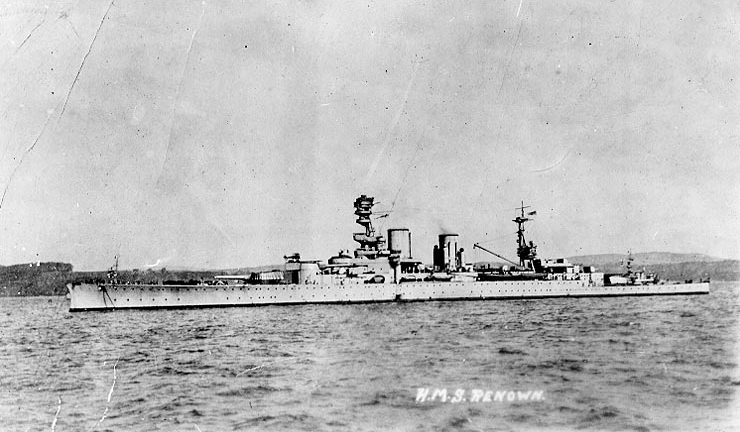|
McGrigor Baronets
The McGrigor Baronetcy, of Campden Hill in the County of Middlesex, is a title in the Baronetage of the United Kingdom. It was created on 30 September 1831 for James McGrigor. He was a military surgeon and for many years Director-General of the Army Medical Department. Charles Rhoderick McGrigor (1860–1927), second son of the second Baronet, was a Major-General in the Army and the father of Admiral of the Fleet Sir Rhoderick McGrigor. The sixth Baronet is a Conservative politician. McGrigor baronets, of Campden Hill (1831) * Sir James McGrigor, 1st Baronet (1771–1858) * Sir Charles Rhoderic McGrigor, 2nd Baronet (1811–1890) * Sir James Rhoderic Duff McGrigor, 3rd Baronet (1857–1924) * Sir Charles Colquhoun McGrigor, 4th Baronet (1893–1946) * Sir Charles Edward McGrigor, 5th Baronet (1922–2007) m. the author Mary McGrigor, daughter of Sir Archibald Charles Edmonstone of Duntreath, 6th Baronet.Mary McGrigor http://www.birlinn.co.uk/author/details/Mary-McGrigor-1097/ ... [...More Info...] [...Related Items...] OR: [Wikipedia] [Google] [Baidu] |
Campden Hill
Campden Hill is a hill in Kensington, West London, bounded by Holland Park Avenue on the north, Kensington High Street on the south, Kensington Palace Gardens on the east and Abbotsbury Road on the west. The name derives from the former ''Campden House'', built by Baptist Hicks, 1st Viscount Campden whose country seat was ''Campden House'' in the Gloucestershire town of Chipping Campden. The hill contains Holland Park, the former deer-park of Holland House, the remains of which important mansion house stand on the south-west corner of the hill. To the east of Holland House, the south-west side of the hill is characterized by large Victorian houses which are part of the Phillimore estate. Aubrey House is situated on top of Campden Hill. Campden Hill Square on the north-west side is formed of large Regency houses. The small street called Campden Hill runs from Campden Hill Road westward into Holland Park. It was built on part of the grounds of the former Bute House. Bute House ... [...More Info...] [...Related Items...] OR: [Wikipedia] [Google] [Baidu] |
County Of Middlesex
Middlesex (; abbreviation: Middx) is a historic county in southeast England. Its area is almost entirely within the wider urbanised area of London and mostly within the ceremonial county of Greater London, with small sections in neighbouring ceremonial counties. Three rivers provide most of the county's boundaries; the Thames in the south, the Lea to the east and the Colne to the west. A line of hills forms the northern boundary with Hertfordshire. Middlesex county's name derives from its origin as the Middle Saxon Province of the Anglo-Saxon Kingdom of Essex, with the county of Middlesex subsequently formed from part of that territory in either the ninth or tenth century, and remaining an administrative unit until 1965. The county is the second smallest, after Rutland, of the historic counties of England. The City of London became a county corporate in the 12th century; this gave it self-governance, and it was also able to exert political control over the rest of Mid ... [...More Info...] [...Related Items...] OR: [Wikipedia] [Google] [Baidu] |
Baronetage Of The United Kingdom
Baronets are a rank in the British aristocracy. The current Baronetage of the United Kingdom has replaced the earlier but existing Baronetages of England, Nova Scotia, Ireland, and Great Britain. Baronetage of England (1611–1705) James I of England, King James I created the hereditary Order of Baronets in England on 22 May 1611, for the settlement of Ireland. He offered the dignity to 200 gentlemen of good birth, with a clear estate of Pound sterling, £1,000 a year, on condition that each one should pay a sum equivalent to three years' pay to 30 soldiers at 8d per day per man (total – £1,095) into the King's Exchequer. The Baronetage of England comprises all baronetcies created in the Kingdom of England before the Act of Union 1707, Act of Union in 1707. In that year, the Baronetage of England and the #Baronetage of Nova Scotia (1625–1706), Baronetage of Nova Scotia were replaced by the #Baronetage of Great Britain, Baronetage of Great Britain. The extant baronetcies ar ... [...More Info...] [...Related Items...] OR: [Wikipedia] [Google] [Baidu] |
Sir James McGrigor, 1st Baronet
Sir James McGrigor, 1st Baronet, (9 April 1771 – 2 April 1858) was a Scottish physician, military surgeon and botanist, considered to be the man largely responsible for the creation of the Royal Army Medical Corps. He served as Rector of the University of Aberdeen. Early life McGrigor was the son of Colquhoun McGrigor, a clothing merchant from Aberdeen, and his wife Anne Grant. McGrigor was born in Cromdale, Inverness-shire, and educated at Aberdeen Grammar School for five years, and graduated from the University of Aberdeen in 1788. He received medical training at the University of Edinburgh beginning in September 1789. Army surgeon Spain and Portugal In 1811, he was appointed Surgeon-General for the Duke of Wellington's army in Spain and Portugal during the Peninsular Wars (1808–14). Director-General McGrigor returned to Britain before the Battle of Waterloo, and was knighted (1814). He went on to serve as Director-General of the Army Medical Service (1815–51) and ... [...More Info...] [...Related Items...] OR: [Wikipedia] [Google] [Baidu] |
Major-General
Major general (abbreviated MG, maj. gen. and similar) is a military rank used in many countries. It is derived from the older rank of sergeant major general. The disappearance of the "sergeant" in the title explains the apparent confusion of a lieutenant general outranking a major general, whereas a major outranks a lieutenant. In the Commonwealth and in the United States, when appointed to a field command, a major general is typically in command of a division consisting of around 6,000 to 25,000 troops (several regiments or brigades). It is a two-star rank that is subordinate to the rank of lieutenant general and senior to the rank of brigadier or brigadier general. In the Commonwealth, major general is equivalent to the navy rank of rear admiral. In air forces with a separate rank structure (Commonwealth), major general is equivalent to air vice-marshal. In some countries including much of Eastern Europe, major general is the lowest of the general officer ranks, with no ... [...More Info...] [...Related Items...] OR: [Wikipedia] [Google] [Baidu] |
Admiral Of The Fleet (Royal Navy)
Admiral of the Fleet is a five-star naval officer rank and the highest rank of the Royal Navy formally established in 1688. The five-star NATO rank code is OF-10, equivalent to a field marshal in the British Army or a Marshal of the Royal Air Force. Other than honorary appointments no new admirals of the fleet have been named since 1995. History The origins of the rank can be traced back to John de Beauchamp, 1st Baron Beauchamp de Warwick, who was appointed ' Admiral of the King's Southern, Northern and Western Fleets' on 18 July 1360. The appointment gave the command of the English navy to one person for the first time; this evolved into the post of Admiral of the Fleet. In the days of sailing ships the admiral distinctions then used by the Royal Navy included distinctions related to the fleet being divided into three divisions – red, white, or blue. Each division was assigned at least one admiral, who in turn commanded a number of vice-admirals and rear admirals. Whil ... [...More Info...] [...Related Items...] OR: [Wikipedia] [Google] [Baidu] |
Rhoderick McGrigor
Admiral of the Fleet Sir Rhoderick Robert McGrigor (12 April 1893 – 3 December 1959) was a senior Royal Navy officer. He fought in the First World War and saw action during the Gallipoli Campaign and then the Battle of Jutland. He also served in the Second World War, taking part in the sinking of the ''Bismarck'' in May 1941, carrying out the office of Assistant Chief of the Naval Staff (Weapons) and commanding the 1st Cruiser Squadron during operations off the Norwegian coast and convoys to North Russia. Furthermore, he served as First Sea Lord in the early 1950s and is most remembered as a leading proponent of carrier-based air power. Naval career Early career Born the son of Major General Charles Rhoderic Robert McGrigor CB, CMG, late of the King's Royal Rifle Corps and Ada Rosamond McGrigor (née Bower), McGrigor spent his childhood in South Africa before returning to England in early 1906 for his education at the Royal Naval College, Osborne, and then the Royal Naval ... [...More Info...] [...Related Items...] OR: [Wikipedia] [Google] [Baidu] |
Scottish Conservative Party
The Scottish Conservative & Unionist Party ( gd, Pàrtaidh Tòraidheach na h-Alba, sco, Scots Tory an Unionist Pairty), often known simply as the Scottish Conservatives and colloquially as the Scottish Tories, is a centre-right political party in Scotland. It is the second-largest party in the Scottish Parliament and the third-largest in Scottish local government. The party has the second-largest number of Scottish MPs in the House of Commons of the United Kingdom and the seventh overall. The Leader of the party is Douglas Ross. He replaced Jackson Carlaw, who briefly served from February to July 2020; Carlaw had in turn taken over from Ruth Davidson, who held the post from 2011 to 2019. The party has no Chief Whip at Westminster, which is instead represented by the Chief Whip of the Conservative Party in England. In the 2017 UK general election, the party increased its number of MPs to 13 on 28.6 percent of the popular vote – its best performance since 1983 and in terms ... [...More Info...] [...Related Items...] OR: [Wikipedia] [Google] [Baidu] |
Sir Charles Rhoderic McGrigor, 2nd Baronet
''Sir'' is a formal honorific address in English for men, derived from Sire in the High Middle Ages. Both are derived from the old French "Sieur" (Lord), brought to England by the French-speaking Normans, and which now exist in French only as part of "Monsieur", with the equivalent "My Lord" in English. Traditionally, as governed by law and custom, Sir is used for men titled as knights, often as members of orders of chivalry, as well as later applied to baronets and other offices. As the female equivalent for knighthood is damehood, the female equivalent term is typically Dame. The wife of a knight or baronet tends to be addressed as Lady, although a few exceptions and interchanges of these uses exist. Additionally, since the late modern period, Sir has been used as a respectful way to address a man of superior social status or military rank. Equivalent terms of address for women are Madam (shortened to Ma'am), in addition to social honorifics such as Mrs, Ms or Miss. ... [...More Info...] [...Related Items...] OR: [Wikipedia] [Google] [Baidu] |
Sir James Rhoderic Duff McGrigor, 3rd Baronet
''Sir'' is a formal honorific address in English for men, derived from Sire in the High Middle Ages. Both are derived from the old French "Sieur" (Lord), brought to England by the French-speaking Normans, and which now exist in French only as part of "Monsieur", with the equivalent "My Lord" in English. Traditionally, as governed by law and custom, Sir is used for men titled as knights, often as members of orders of chivalry, as well as later applied to baronets and other offices. As the female equivalent for knighthood is damehood, the female equivalent term is typically Dame. The wife of a knight or baronet tends to be addressed as Lady, although a few exceptions and interchanges of these uses exist. Additionally, since the late modern period, Sir has been used as a respectful way to address a man of superior social status or military rank. Equivalent terms of address for women are Madam (shortened to Ma'am), in addition to social honorifics such as Mrs, Ms or Miss. ... [...More Info...] [...Related Items...] OR: [Wikipedia] [Google] [Baidu] |
Sir Charles Colquhoun McGrigor, 4th Baronet
''Sir'' is a formal honorific address in English for men, derived from Sire in the High Middle Ages. Both are derived from the old French "Sieur" (Lord), brought to England by the French-speaking Normans, and which now exist in French only as part of "Monsieur", with the equivalent "My Lord" in English. Traditionally, as governed by law and custom, Sir is used for men titled as knights, often as members of orders of chivalry, as well as later applied to baronets and other offices. As the female equivalent for knighthood is damehood, the female equivalent term is typically Dame. The wife of a knight or baronet tends to be addressed as Lady, although a few exceptions and interchanges of these uses exist. Additionally, since the late modern period, Sir has been used as a respectful way to address a man of superior social status or military rank. Equivalent terms of address for women are Madam (shortened to Ma'am), in addition to social honorifics such as Mrs, Ms or Miss. ... [...More Info...] [...Related Items...] OR: [Wikipedia] [Google] [Baidu] |
Sir Charles Edward McGrigor, 5th Baronet
''Sir'' is a formal honorific address in English for men, derived from Sire in the High Middle Ages. Both are derived from the old French "Sieur" (Lord), brought to England by the French-speaking Normans, and which now exist in French only as part of "Monsieur", with the equivalent "My Lord" in English. Traditionally, as governed by law and custom, Sir is used for men titled as knights, often as members of orders of chivalry, as well as later applied to baronets and other offices. As the female equivalent for knighthood is damehood, the female equivalent term is typically Dame. The wife of a knight or baronet tends to be addressed as Lady, although a few exceptions and interchanges of these uses exist. Additionally, since the late modern period, Sir has been used as a respectful way to address a man of superior social status or military rank. Equivalent terms of address for women are Madam (shortened to Ma'am), in addition to social honorifics such as Mrs, Ms or Miss. ... [...More Info...] [...Related Items...] OR: [Wikipedia] [Google] [Baidu] |







